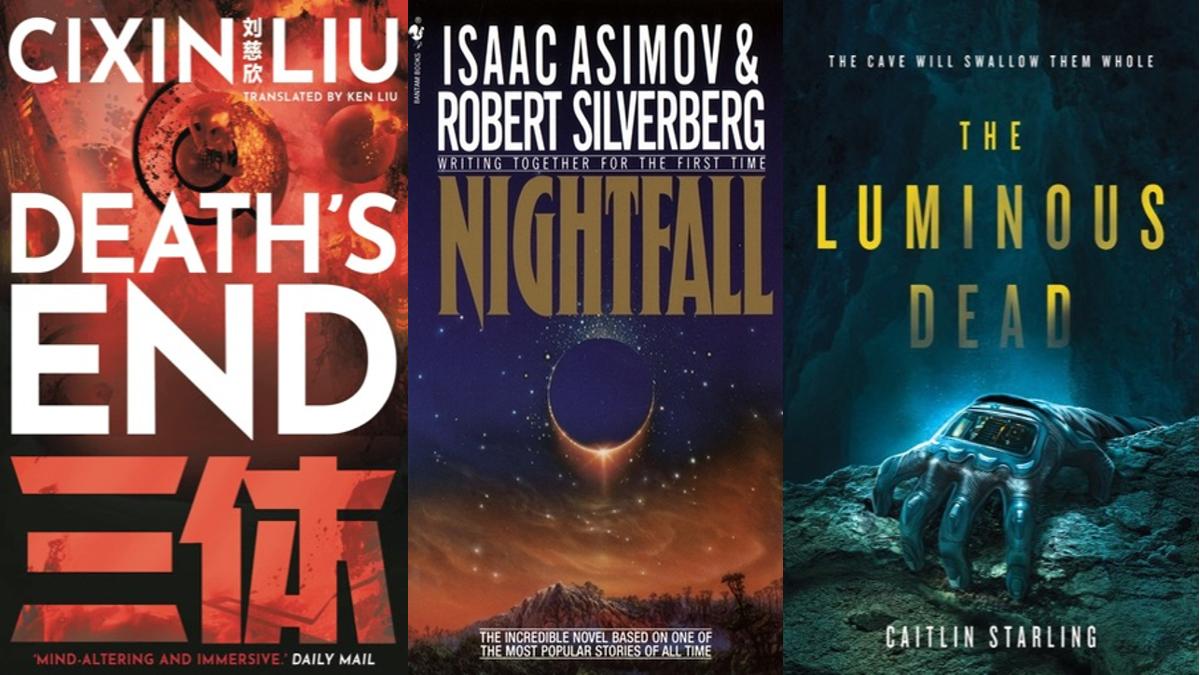
The best sci-fi isn’t all alien invasions and pew-pew laser beams, sometimes the most affecting sci-fi stories are the ones that feel close to our reality but a little off. Crackling static from radio transmissions captured from the other side of the sun, bits of fragmented code that almost seem like they were generated by intelligent design, the shadow of conscious in the cold glow of a computer’s camera eye. Emotionally chilling and intellectually stimulating! These are 10 of the most haunting works of sci-fi, possibly penned by a ghost in the machine.
Nightfall

While it was adapted into a full length novel with Robert Silverberg, Issac Asimov’s Nightfall was at its best in its original short story format. Written when the sci-fi titan was still a budding author, Nightfall is the story of a planet that orbits multiple suns, and is washed in perpetual daylight for centuries. Ancient history on the planet tells of a once in a millennia occurrence: a celestial event where all suns set simultaneously, and mysterious objects called “stars” shine in the dark sky – driving people insane with a sense of cosmic dread. When rumors of the return of the “the long night” begin to spread across planet Lagesh, a group of scientists plan to study the event – and potentially lose their minds in the process. It’s one of the simplest and most effective cosmic horror stories ever written. Night is pretty damn scary, especially if your civilization hasn’t seen it in over a thousand years.
The Ones Who Walk Away From Omelas
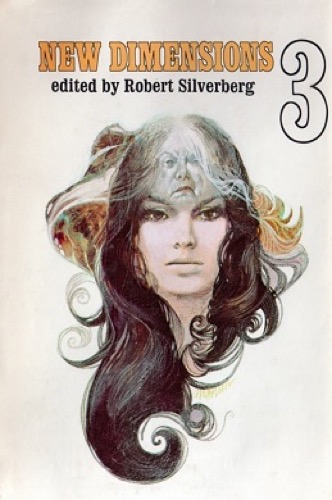
Published as a part of the sci-fi short story collection New Dimensions 3, Ursula K. Le Guin’s The Ones Who Walk Away From Omelas is the story of one utopia you wouldn’t want to live in. While the citizens of Omelas are free from war and want, their perpetual bliss depends on the perpetual torture of a single child. While many of the citizens of Omelas are happy to ignore the atrocity and spend their days in ecstasy, Le Guin’s novel focuses on those who can’t shake the idea that their happiness is the result of a civilization-wide bullying of a little kid. After doing exactly what the title suggests, these people wander off in search of a less pleasant and perhaps equally as morally ambiguous life. Why is it haunting? We like to think we’d all walk away from Omelas, but turning one’s back on paradise is easier said than done.
The Nine Billion Names of God

The Nine Billion Names of God is a short story collection by Arthur C. Clarke, whose title comes from a story about a group of monks who use a supercomputer to uncover God’s many monikers, and end the universe as a result. Shockingly enough, that’s not the most haunting story in this collection. The most haunting story is called The Star, where a Jesuit priest (basically a science-y Catholic) discovers the ruins of an alien civilization that was destroyed by a supernova. As the priest uncovers more data about the cosmic tragedy, he experiences a crisis of faith after learning that the stellar explosion coincided with a sacred event in Biblical scripture. I don’t know about you, but I can’t imagine anything more haunting than witnessing the light leave a man’s eyes as he realizes that the God he once prayed to has a particularly cruel and ironic sense of humor. The formerly religious are gonna love this one.
All Tomorrows
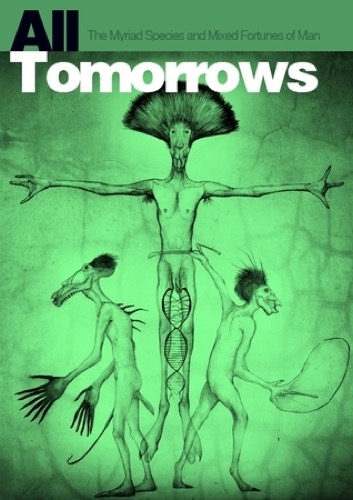
All Tomorrows is a work of speculative fiction by C. M. Kosemen which muses on the end of the human race. Bummer. But hey, at least there are pictures! Kosemen’s short novel is an illustrated account of humanity’s ascent to the stars – only to come careening back down to the ground after ticking off a particularly irascible group of aliens. After crossing paths with extraterrestrial gene-splicers called the Qu, humankind is helpless to stop these technological superior aliens reduce us to separate species of post-human animals. Some die out immediately, some work their way back up the evolutionary chain and rebuild civilization, but one thing is for sure in this billion-year spanning novel: no one makes it out alive. It’s a haunting downer, sure, but the bright side takeaway? Love the life you have and those you share it with, cause nothing, not even the stars themselves, will last forever.
Annihilation

Jeff VanderMeer’s Annihilation is a work of environmental cosmic horror that one-ups H.P. Lovecraft’s The Colour Out Of Space, which is good, because H.P. Lovecraft was a xenophobic jerkwad. It’s the story of Area X, a scientific anomaly that is spreading across an undisclosed stretch of Earth’s wilderness, barely contained by the top secret government facility tasked with stopping its advance. The Southern Reach facility decides to send in a hapless crew of scientific experts across the anomaly’s shimmering border to investigate, and like a black hole, it’s basically a guaranteed one way trip. While nothing is outright wrong about the quiet wilderness that lays beyond the boundary, the scientists begin to sense that the pristine borderland hides a dirty little secret – it might have just been put there by aliens. Or maybe Area X is an alien intelligence itself.
The Luminous Dead

The Luminous Dead is Caitlin Starling’s warning to the rest of us: if you see a cave, don’t go inside. That goes double if that cave is situated on an alien planet and TRIPLE if your spacesuit can be controlled remotely by the shady mining company that hired you. After getting marooned in a cave-in, Gyre Price discovers that maybe the big payout that she was promised wasn’t worth lying on her resume to get into this expedition. As if being trapped in an alien underworld wasn’t bad enough, her handler Em has no problem keeping Gyre going by pumping her full of drugs and lying about her objectives. While trapped beneath extraterrestrial soil and puppeted by capitalist sociopaths, Gyre gets the sneaking suspicion that some of these tunnels are haunted by something alive. Something watching with potentially hungry eyes. Things really couldn’t get much worse.
Kindred

One of the most terrifying time travel narratives ever written, Octavia Butler’s Kindred is the story of Dana, a modern day Black woman who finds herself inexplicably transported back to the days of the antebellum South. After saving the life of a slave owner’s drowning son, she is threatened at gunpoint and then thrown back into the modern era – but her woes are far from over. Throughout the course of the novel, Dana is pulled back into one of the bleakest eras in American history, and forced to stay longer and longer each time. As she uncovers the history of the Maryland plantation she visits and its inhabitants, she realizes with mounting horror that the dismal place is tied to her own ancestral past.
Neuromancer
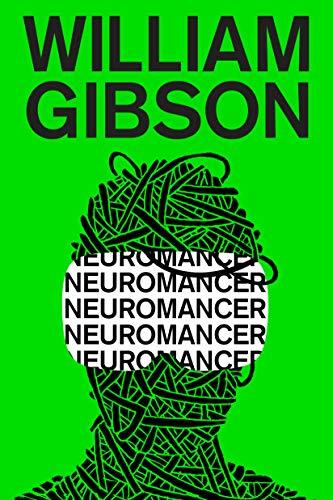
William Gibson’s Neuromancer is a seminal novel that popularized the cyberpunk sub-genre of sci-fi. You know, rain drenched supermetropolises bathed in eerie neon light? Inhabited by hi-tech people with a low quality of life? That vibe. The first of Gibson’s Sprawl trilogy is the story of a washed up hacker Case who is hired by a mysterious ex-military figure help out with a digital heist. Throughout the novel, Case is haunted by a mysterious synthetical intelligence, a disembodied machine that dogs him through the dataverse. While the ghostly AI calling itself “Wintermute” seems like nothing but digital background noise at first, Case soon realizes that the super-intelligence is star player in a greater computer game.
The Vanished Birds
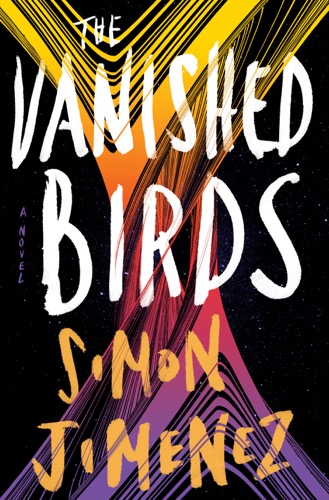
The Vanished Birds by Simon Jimenez is the story of a boy that fell from the sky – no, really. In a distant future where super-corporations control every aspect of interstellar life, starship Captain Nia Imani thought she had seen everything her time-dilated existence had to offer. Then she’s hired to take care of a little kid who appears in the wreckage of a crashed ship – a kid who may just have the supernatural ability to jump across the gulf of space in an instant, sparing him the effects of time dilation. Bound together by their fast and loose relationship to normal temporal constraints, Nia and the boy form a tight bond. That’s good, because this child might just hold the key from freeing the universe from corporate control, if the corporate agents gunning for the kid’s head don’t catch up with him first. Lyrical. Lonely. Tender. This novel is a haunted must.
Death’s End
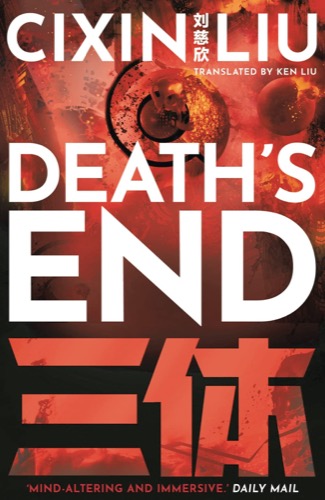
The last installment of the Three Body Problem series, Cixin Liu’s Death’s End is the most disturbing book of a bunch. In a series whose first two books centered around humanity’s desperate struggle against alien invaders, that’s saying something. The action takes place after the war between humanity and the Trisolarians was brought to a stalemate by mankind’s aging savior, only to begin again when that savior gives up his position to a younger replacement. Centuries soon spill over into millennia as the war rages on, and eventually the warring races draw the eye of an even more powerful alien civilization that spells doom for both. Spanning millions and millions of years, Death’s End is not only the story of the end of human civilization as we know it, but potential end of existence itself.
Have a tip we should know? [email protected]







